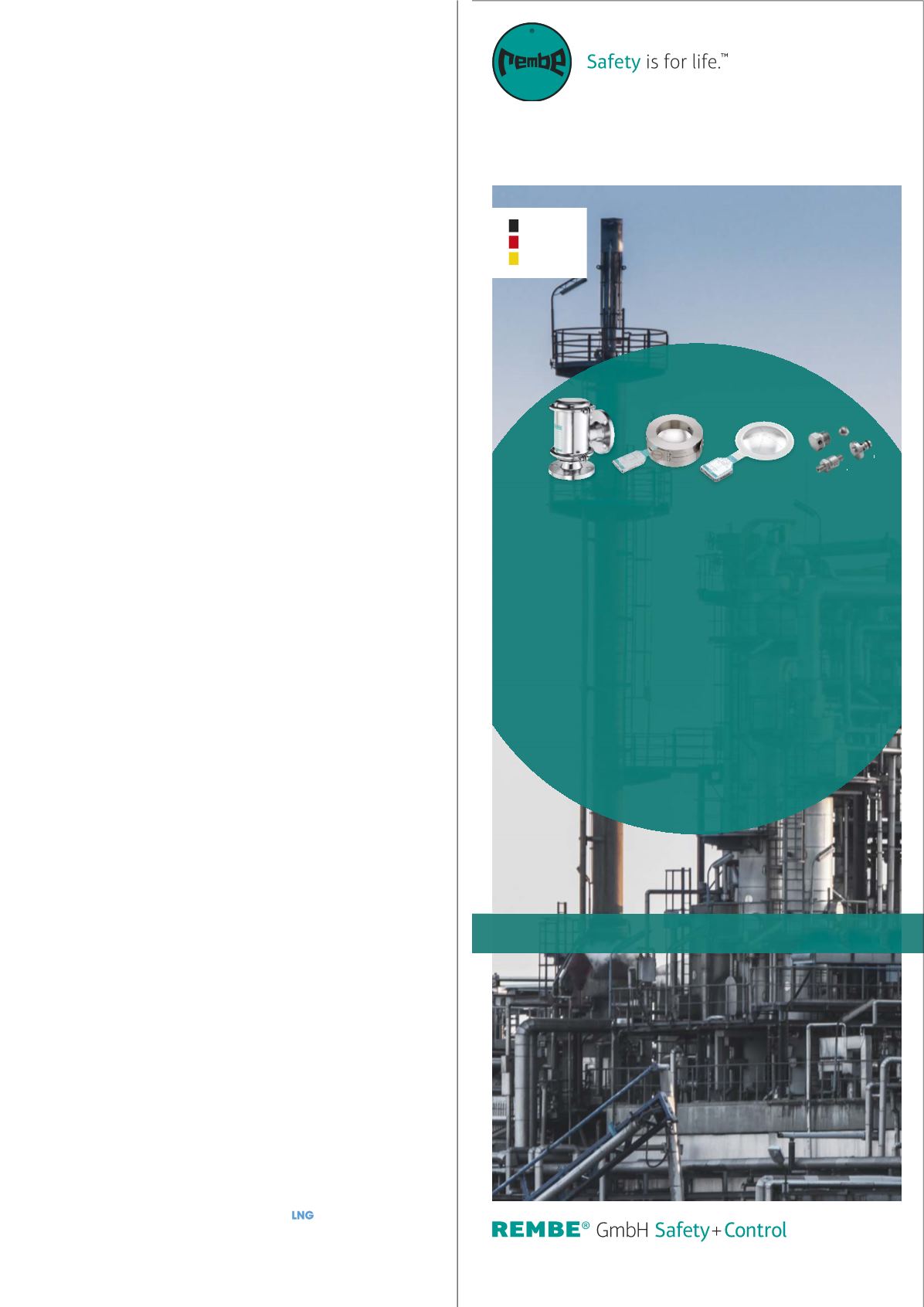
so the downtime is minimal. Instead, they are designed
to operate for many years without a major overhaul or
replacement. On the other hand, with fuel fired heating
systems, yearly or even monthly downtime is required
to clean the soot and buildup associated with burning
fuel to create the flame and heat source. This costly and
dangerous routine cleaning is not required with electric
process heating systems.
Increase operating efficiencies
Precise temperature control with electric heating is
achieved with thyristor power control assemblies and
a proper control scheme design. The thyristor power
controllers provide proportional control for the electric
heater bundles and allow for precise temperature control,
even with fluctuations in process conditions such as flow
rate and demand duty. Fired heating systems require
burner management systems with turndown ratios. Typical
turndown ratios are 3:1. When the demand duty drops
below the maximum turndown, it causes temperature
swings and reduced temperature control.
Recognising savings
With Chromalox’s advancement with DirectConnect
medium voltage heating technology, there are further
cost and design savings for LNG facilities to look at
using electric heating systems instead of traditional fuel
fired heating systems. According to Ohm’s Law, when you
increase the amount of voltage, you reduce the amount of
amperage. A 1 MW 480 V heater pulls just over 1200 amps,
while a 1 MW 6600 V heater pulls 87.6 amps. Since
medium voltage heating systems have lower amperage
and reduced wiring, the I2r losses are also reduced,
and medium voltage heating systems provide a lower
operational cost compared to electric heating systems
which is realised for the life of the equipment.
On a recent LNG project, Chromalox worked with an
engineering firm to review the 18 electric heating
applications which were required for the project. The
end-user had already decided to use electric heating
systems instead of fossil fuel fired heaters. Now the
question was whether to use low voltage or medium
voltage heating systems. The 18 heating applications
totalled 33 MW. Table 1 and 2 show a cost comparison
Chromalox generated to compare the overall costs of
using either low or medium voltage for this project. Here
we can see the medium voltage process heaters and
power control panels are more expensive than the low
voltage heaters and panels, but when the transformers,
wiring runs/installation and labour are taken into account,
the medium voltage option ends up being half the total
cost of the low voltage solution.
For LNG projects, low and medium voltage electric
heating solutions are ideal for pollution free and efficient
heat sources. While fuel fired heating systems have been
the standard design for many years, electric heating
systems can be designed to replace almost any fired
heating system. The beauty of electric process heating is
the ability to provide either large centralised medium
voltage heating systems, or a decentralised heating
approach and locate smaller low voltage heating systems
right at the required heat source.
© REMBE® | All rights reserved
Consulting. Engineering. Products. Service.
Your Specialist for
PRESSURE
RELIEF
SOLUTIONS
Gallbergweg 21 | 59929 Brilon, Germany
F
+49 2961 50714 | www.rembe.deT
+49 2961 7405-0 info@rembe.deMade
in
Germany








